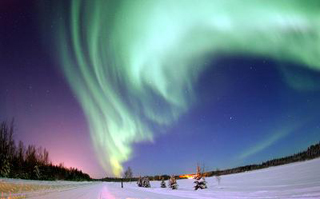Course Description
This course is a graduate level subject on electromagnetic theory with particular emphasis on basics and applications to Nuclear Science and Engineering. The basic topics covered include electrostatics, magnetostatics, and electromagnetic radiation. The applications include transmission lines, waveguides, antennas, …
This course is a graduate level subject on electromagnetic theory with particular emphasis on basics and applications to Nuclear Science and Engineering. The basic topics covered include electrostatics, magnetostatics, and electromagnetic radiation. The applications include transmission lines, waveguides, antennas, scattering, shielding, charged particle collisions, Bremsstrahlung radiation, and Cerenkov radiation.
Acknowledgments
Professor Freidberg would like to acknowledge the immense contributions made to this course by its previous instructors, Ian Hutchinson and Ron Parker.
Course Info
Instructor
Departments
Learning Resource Types











